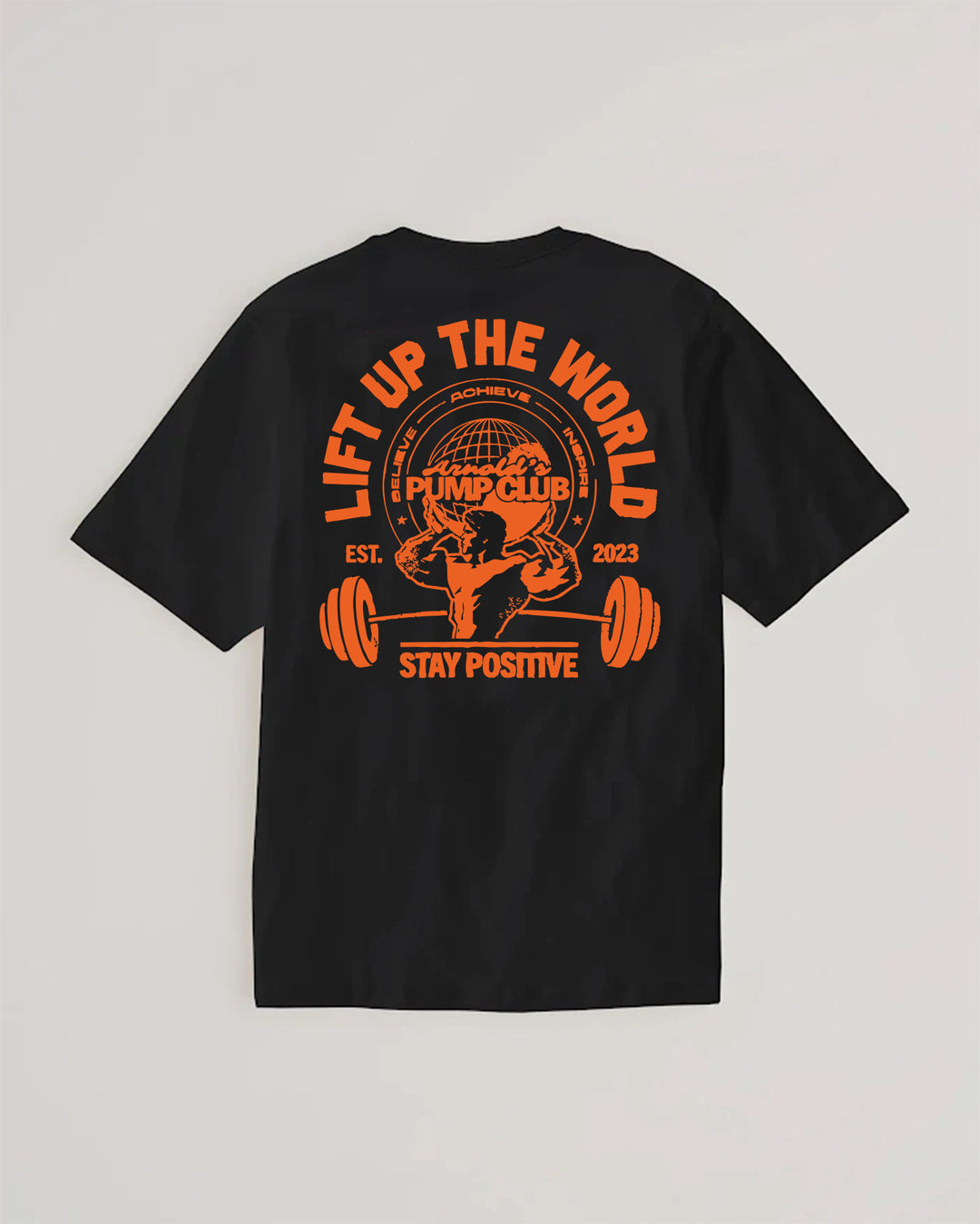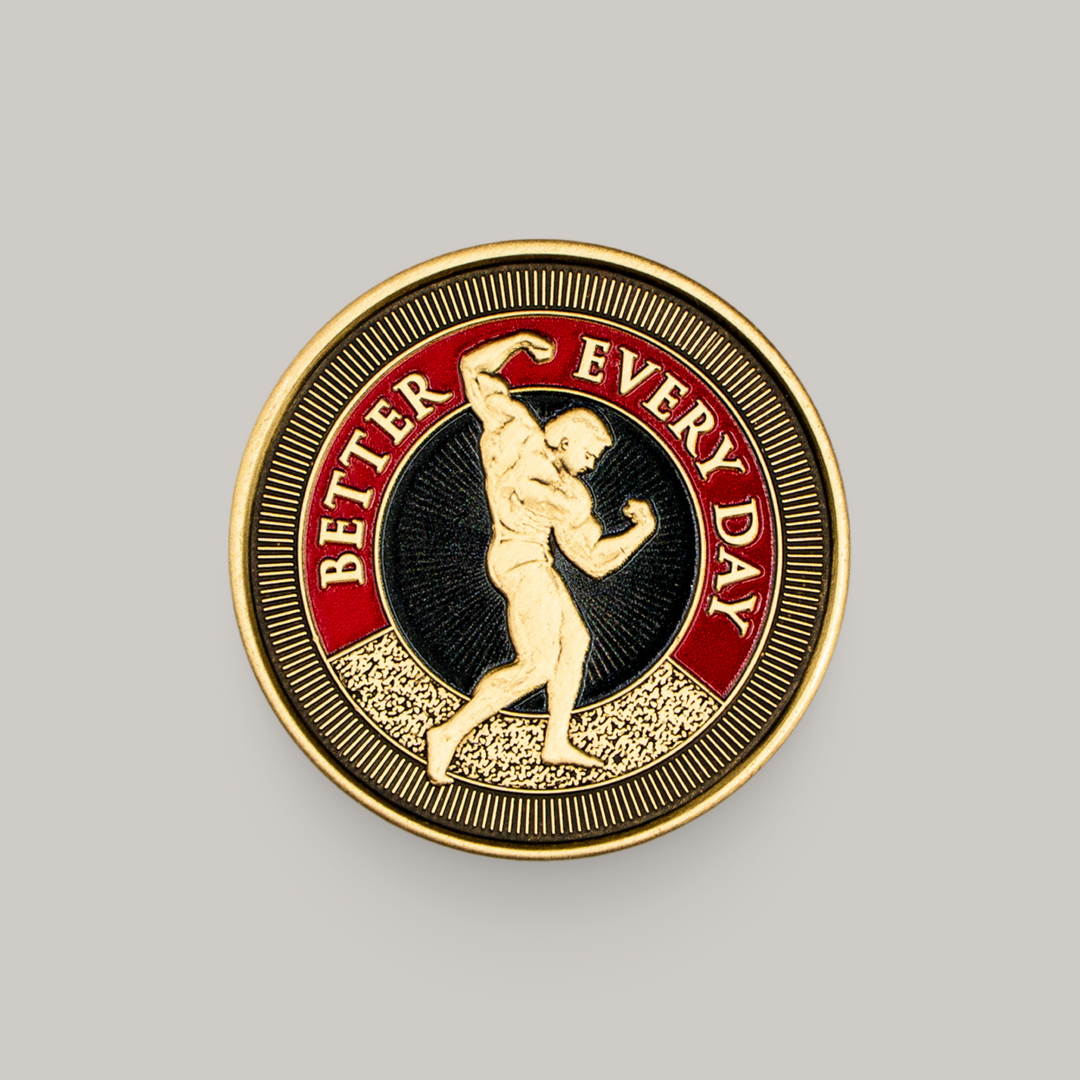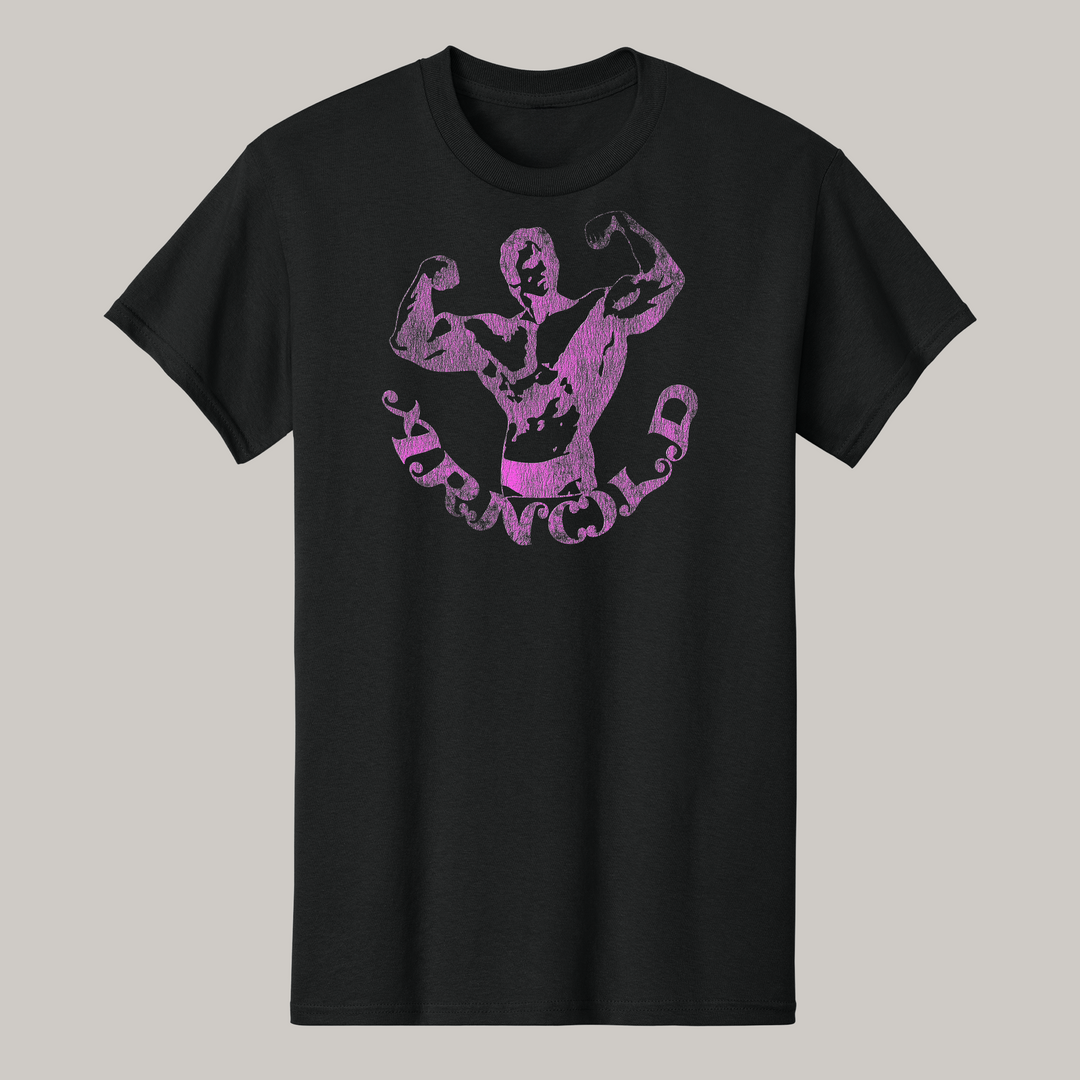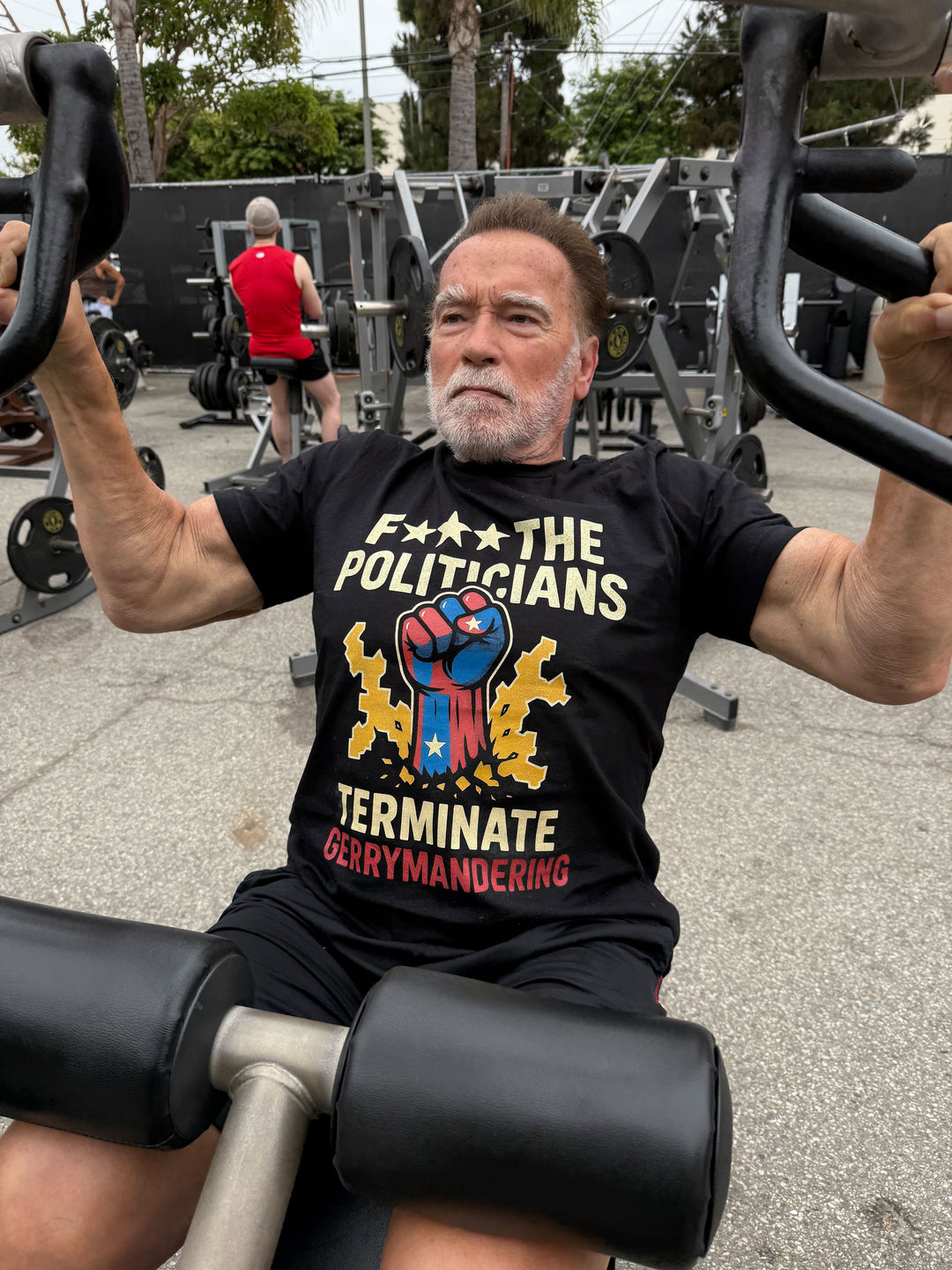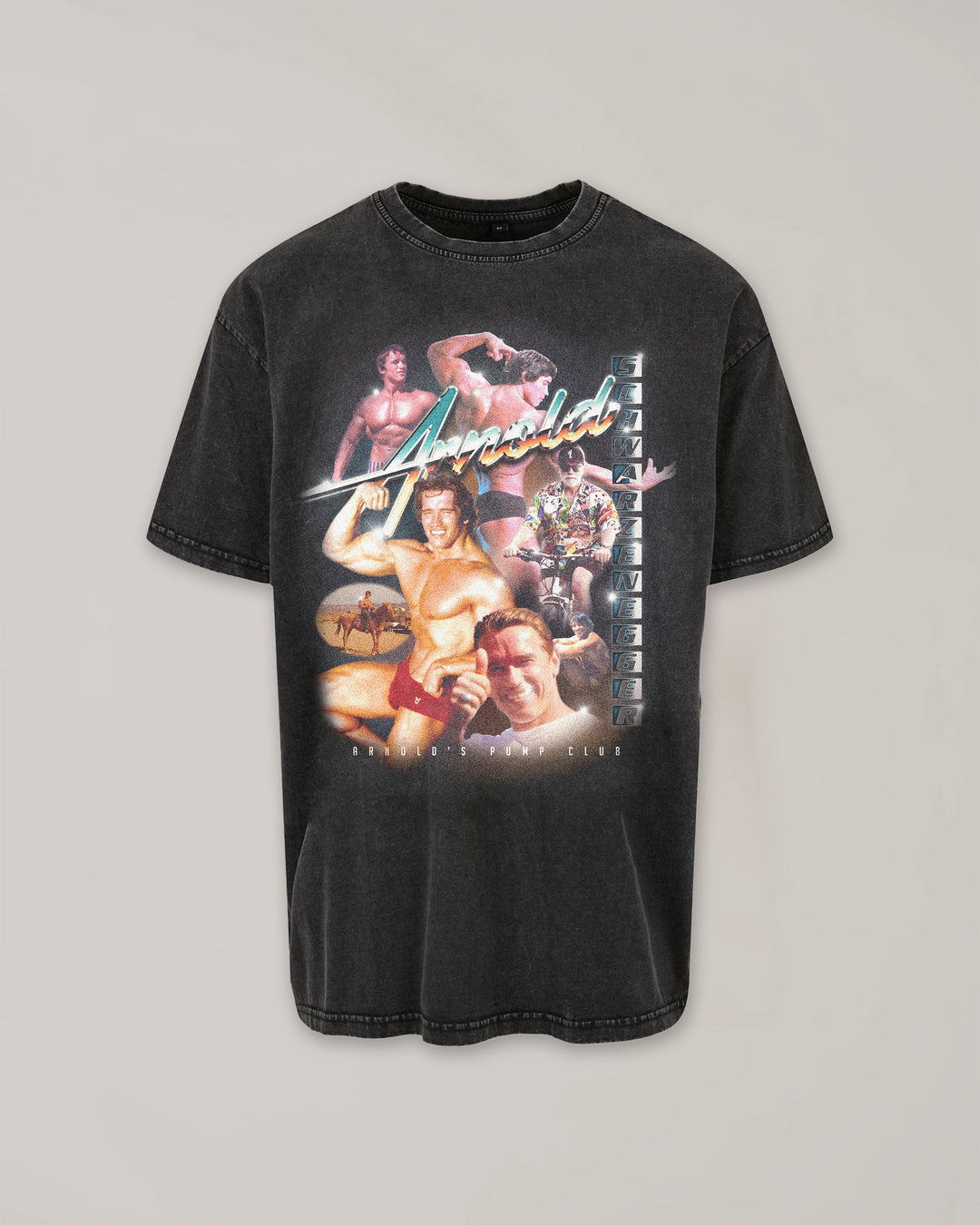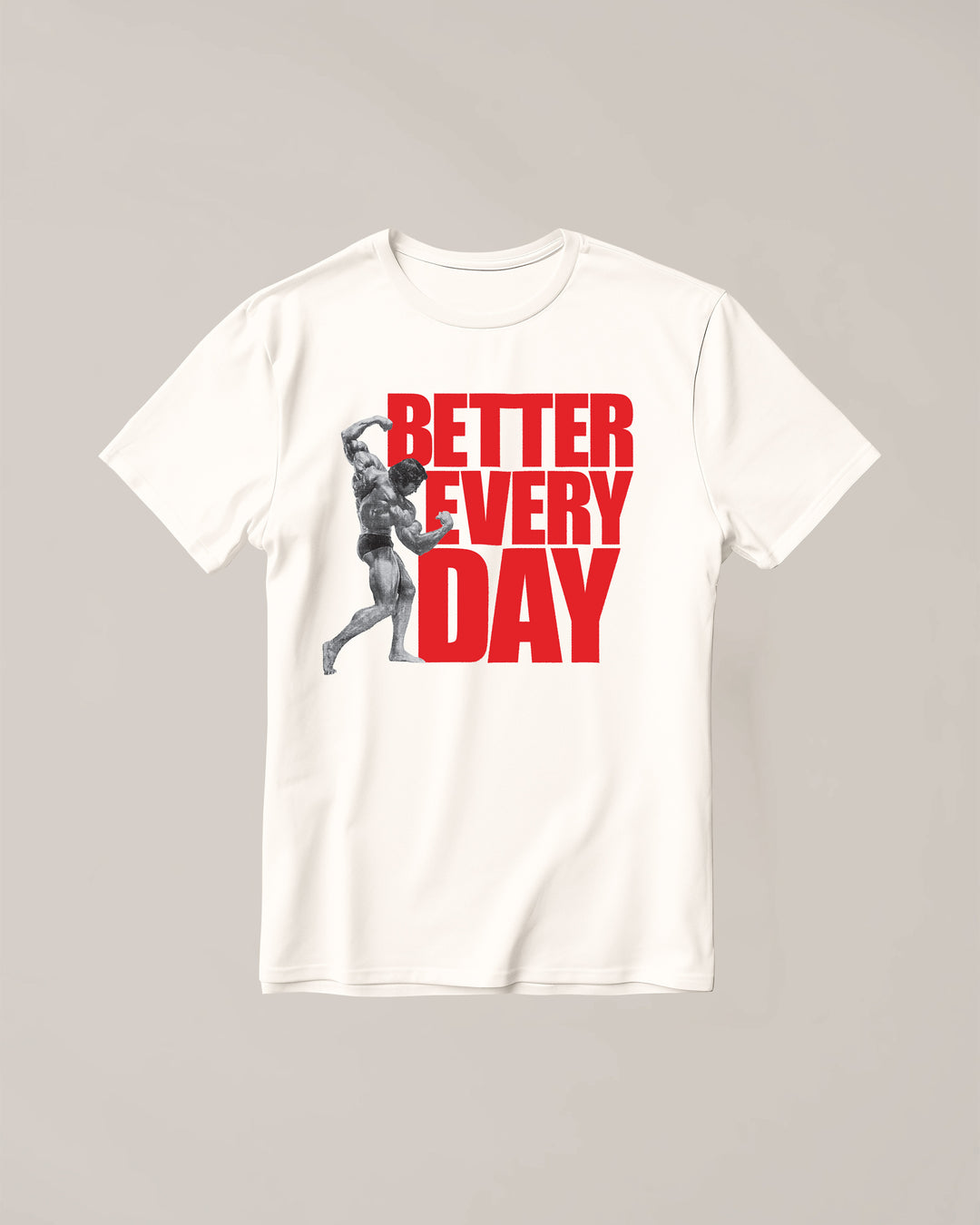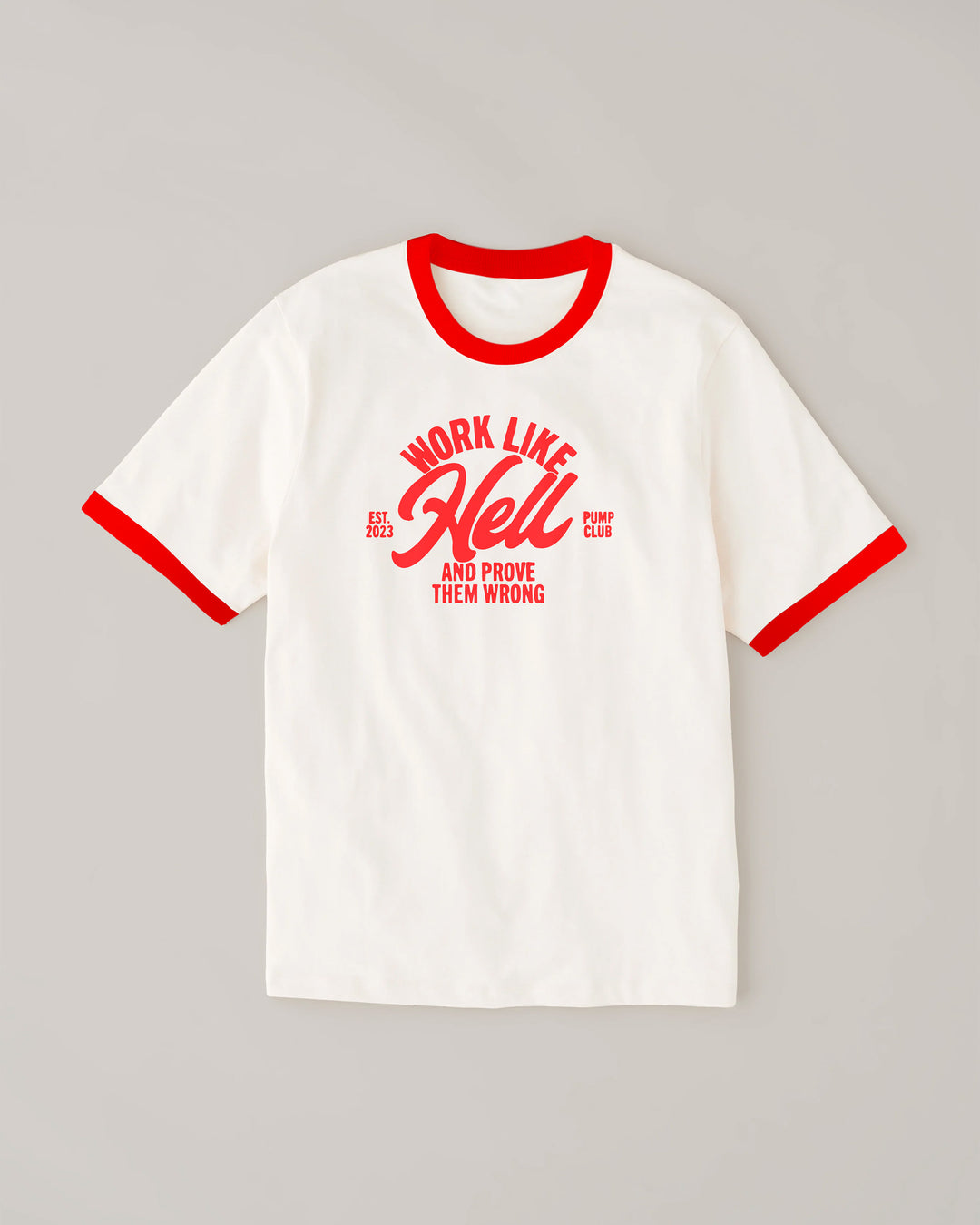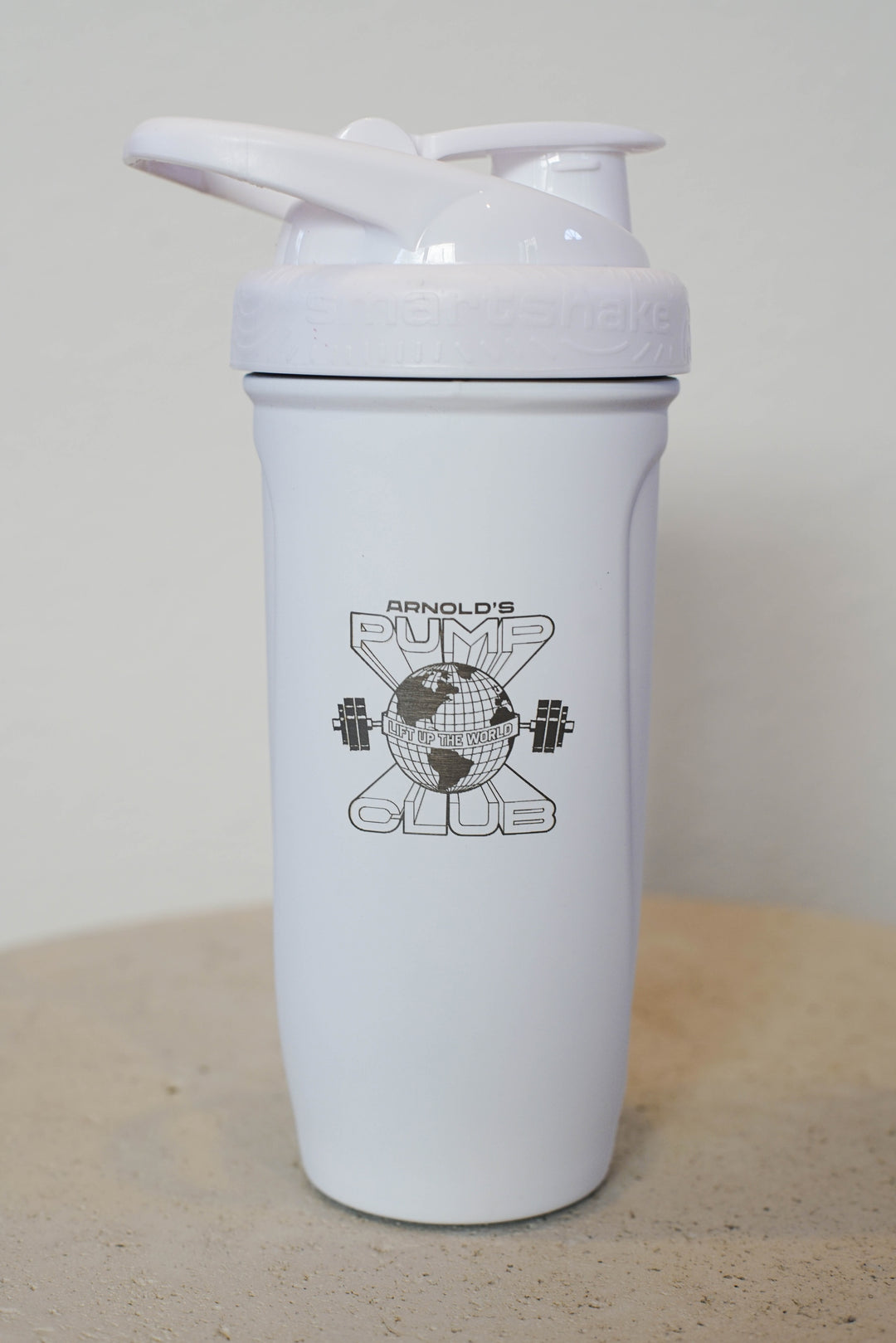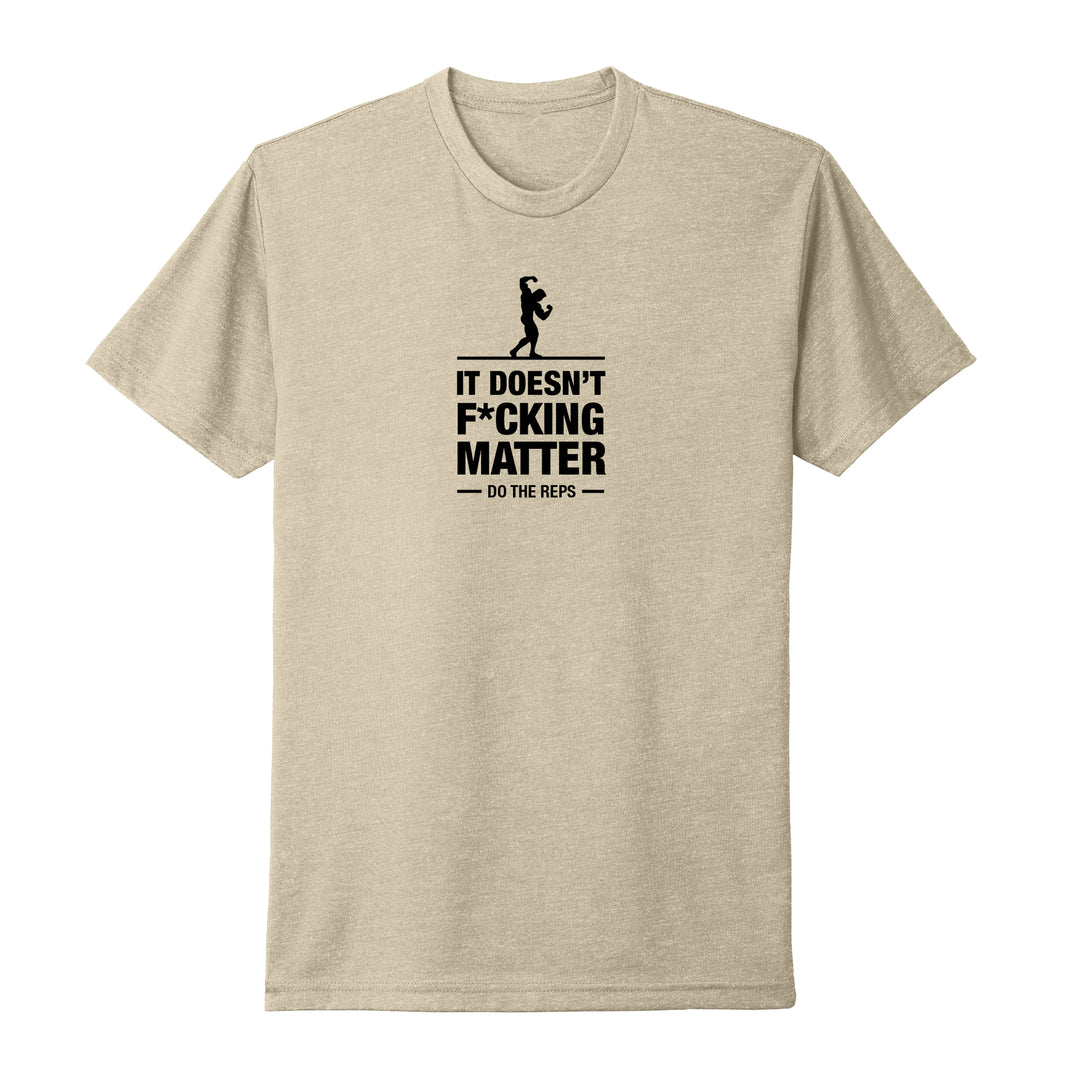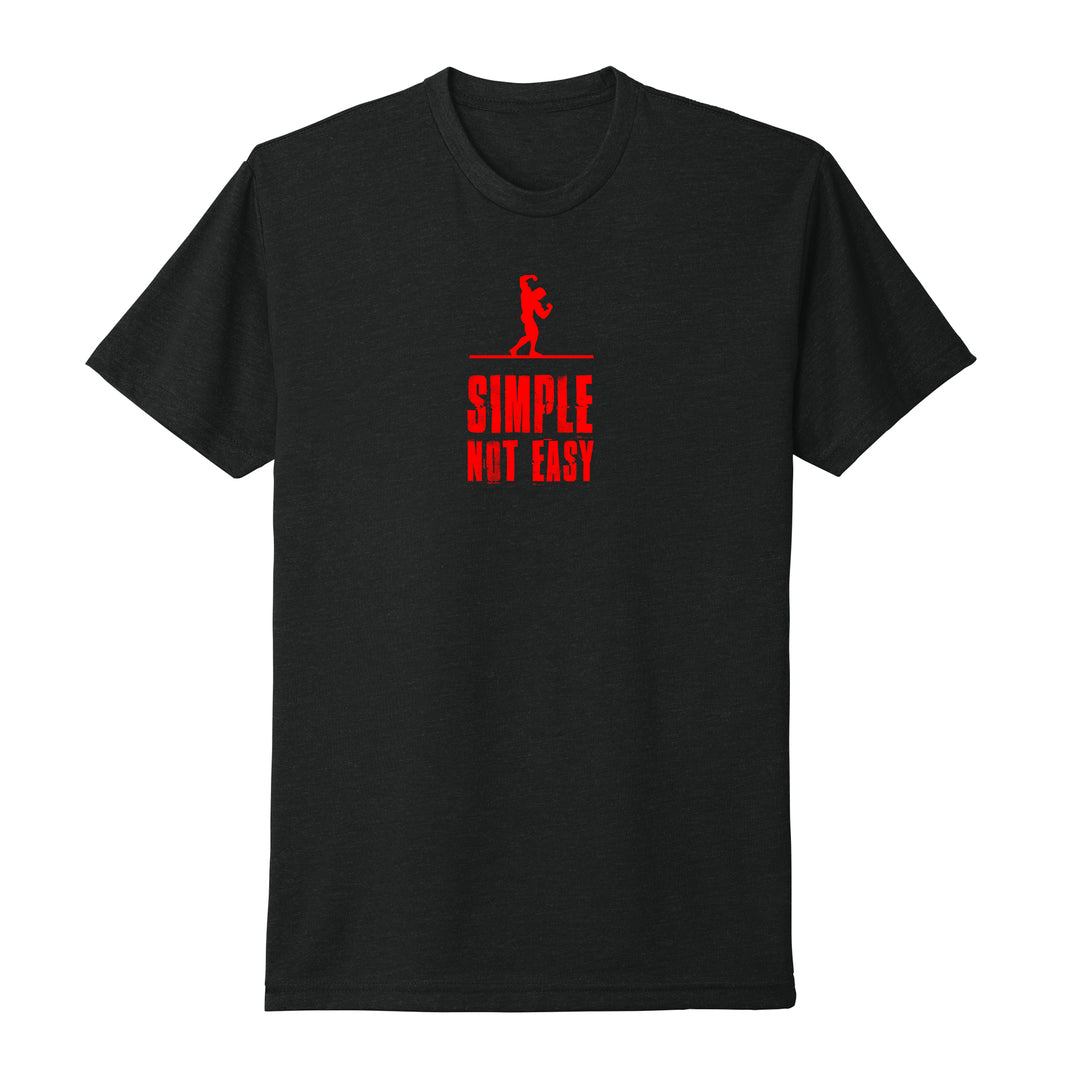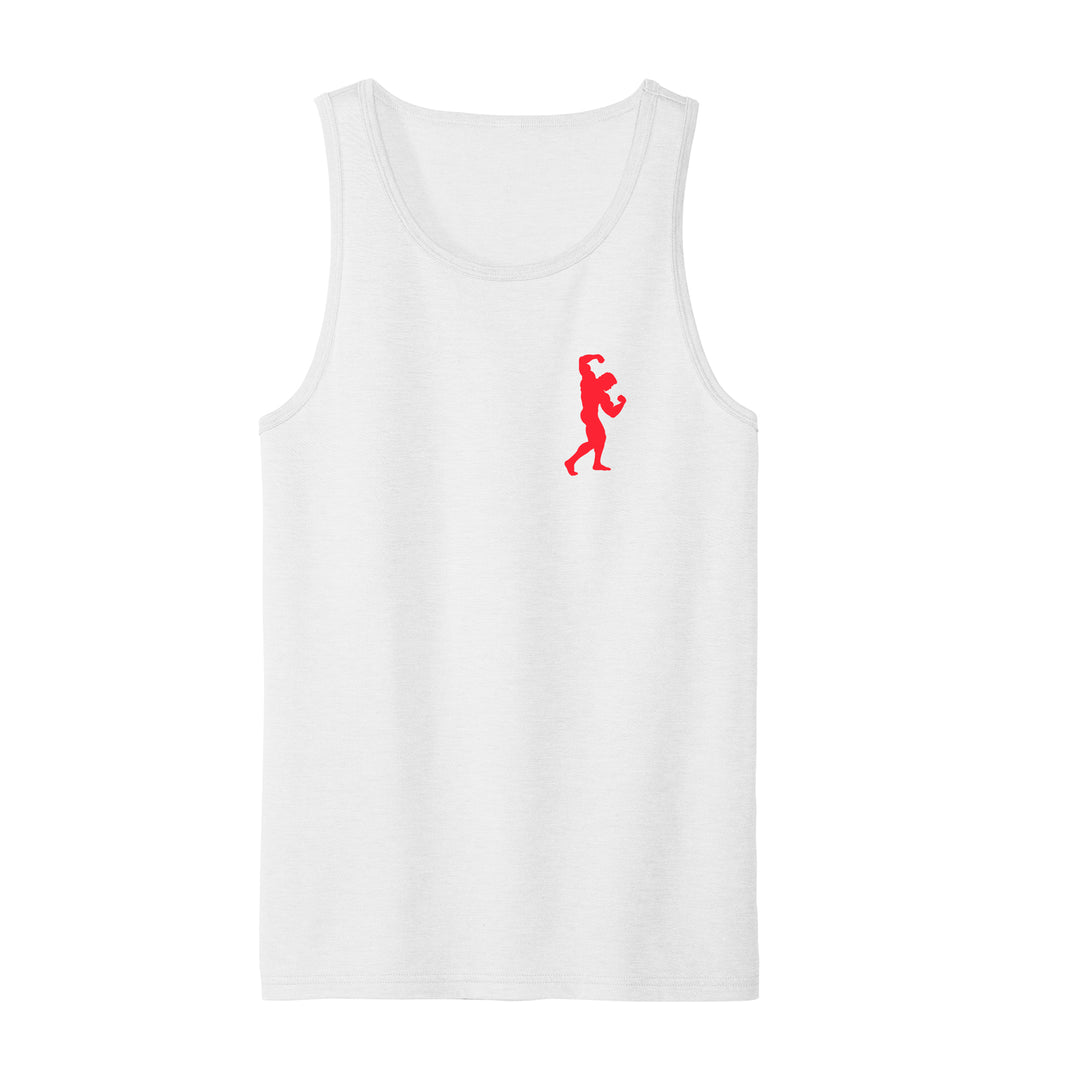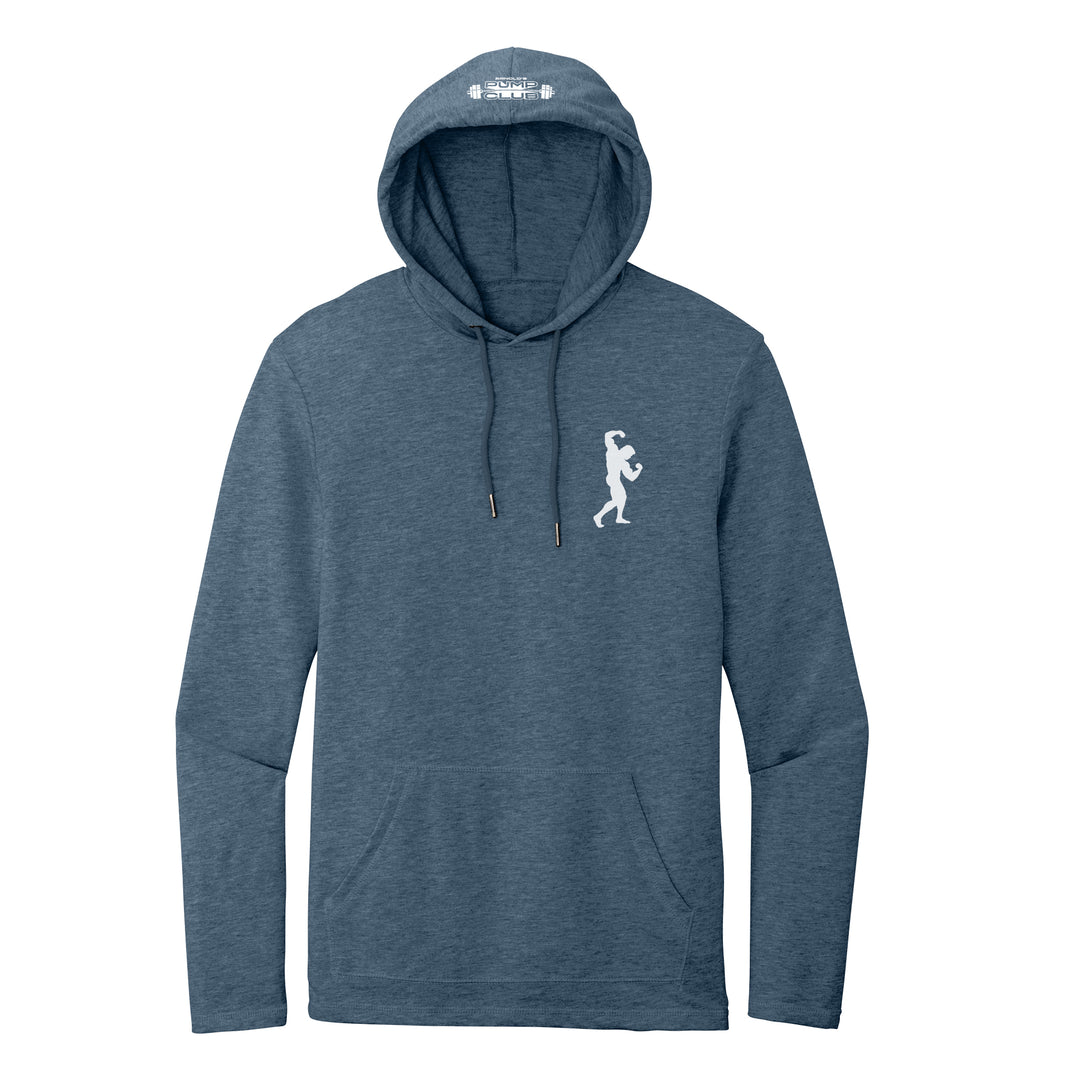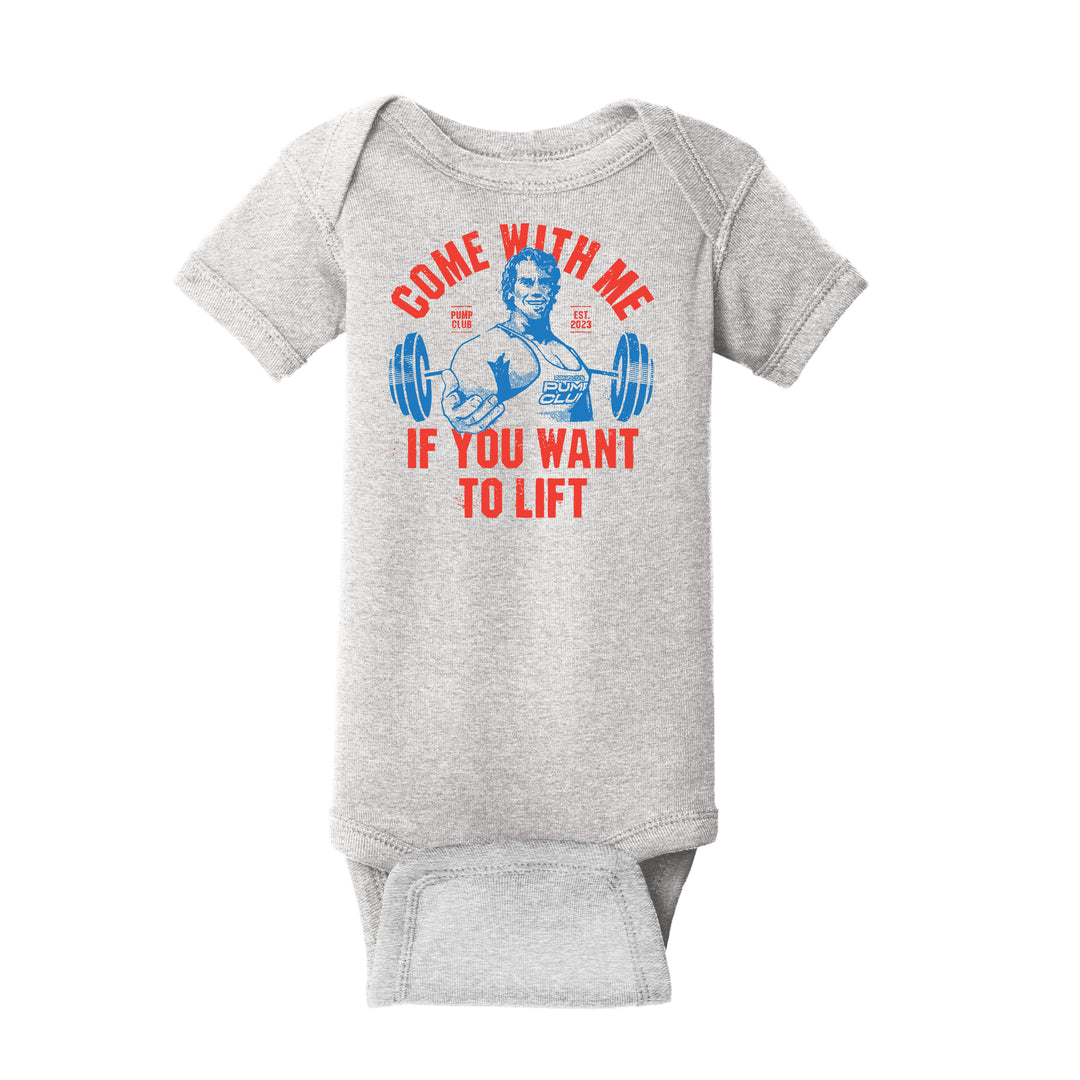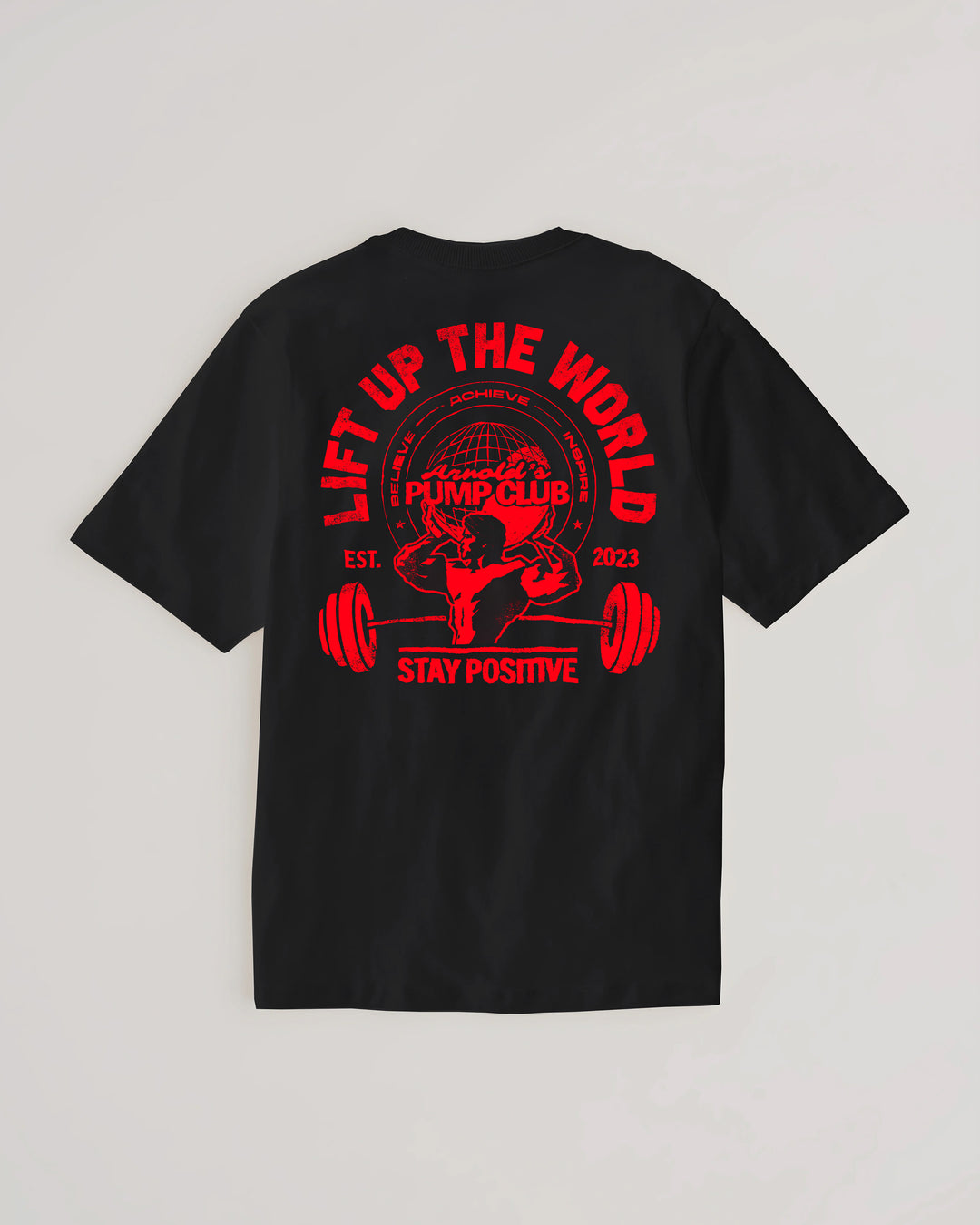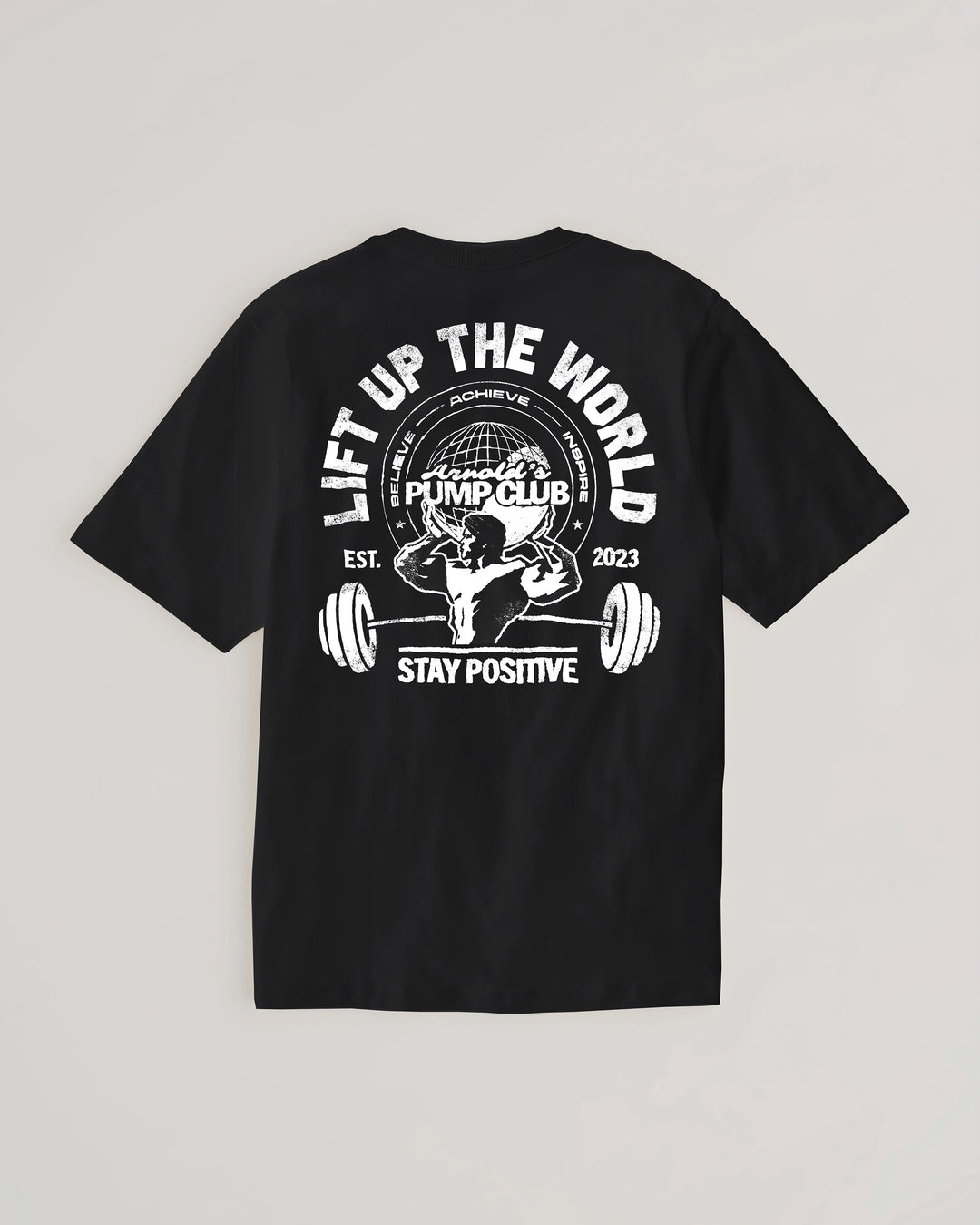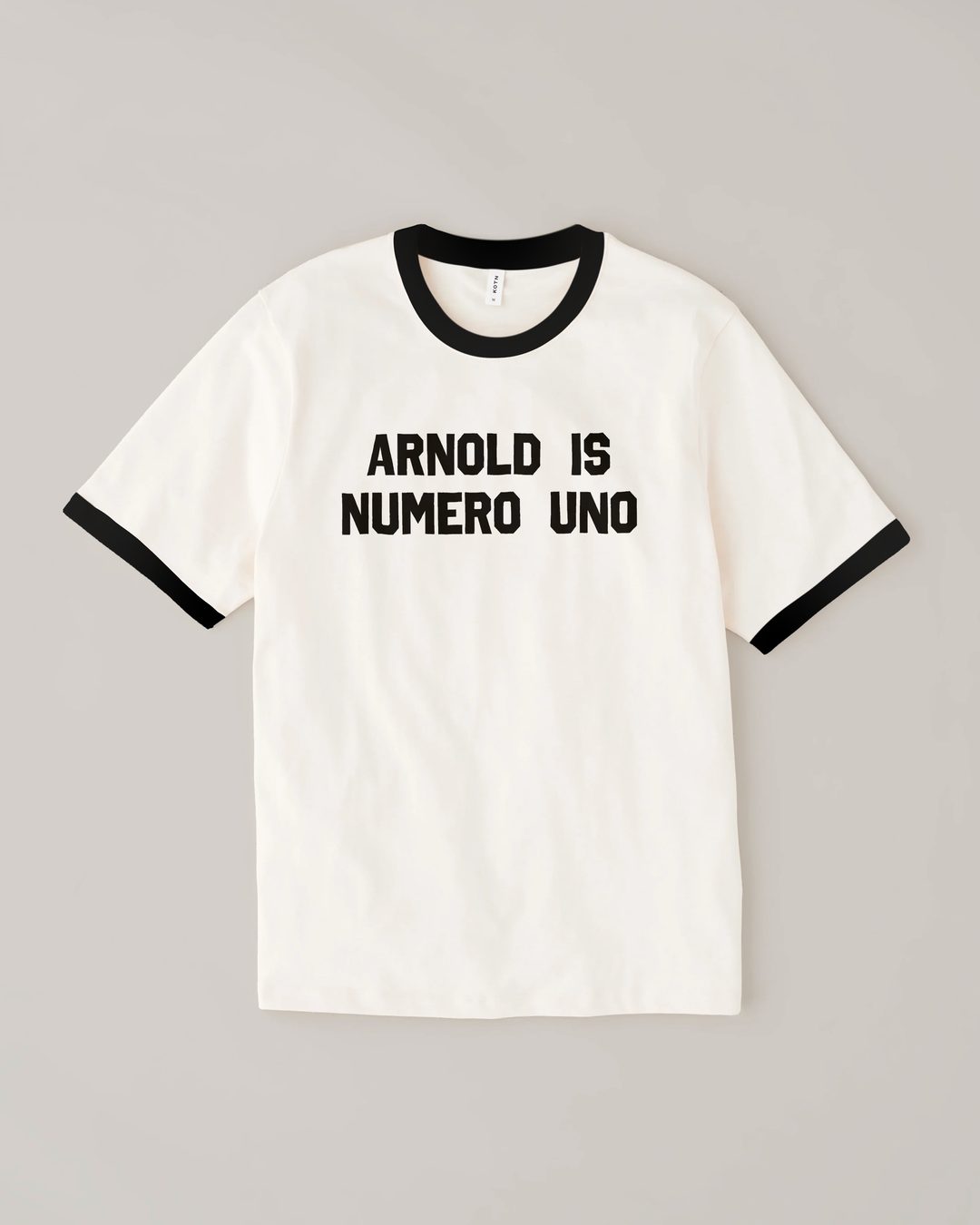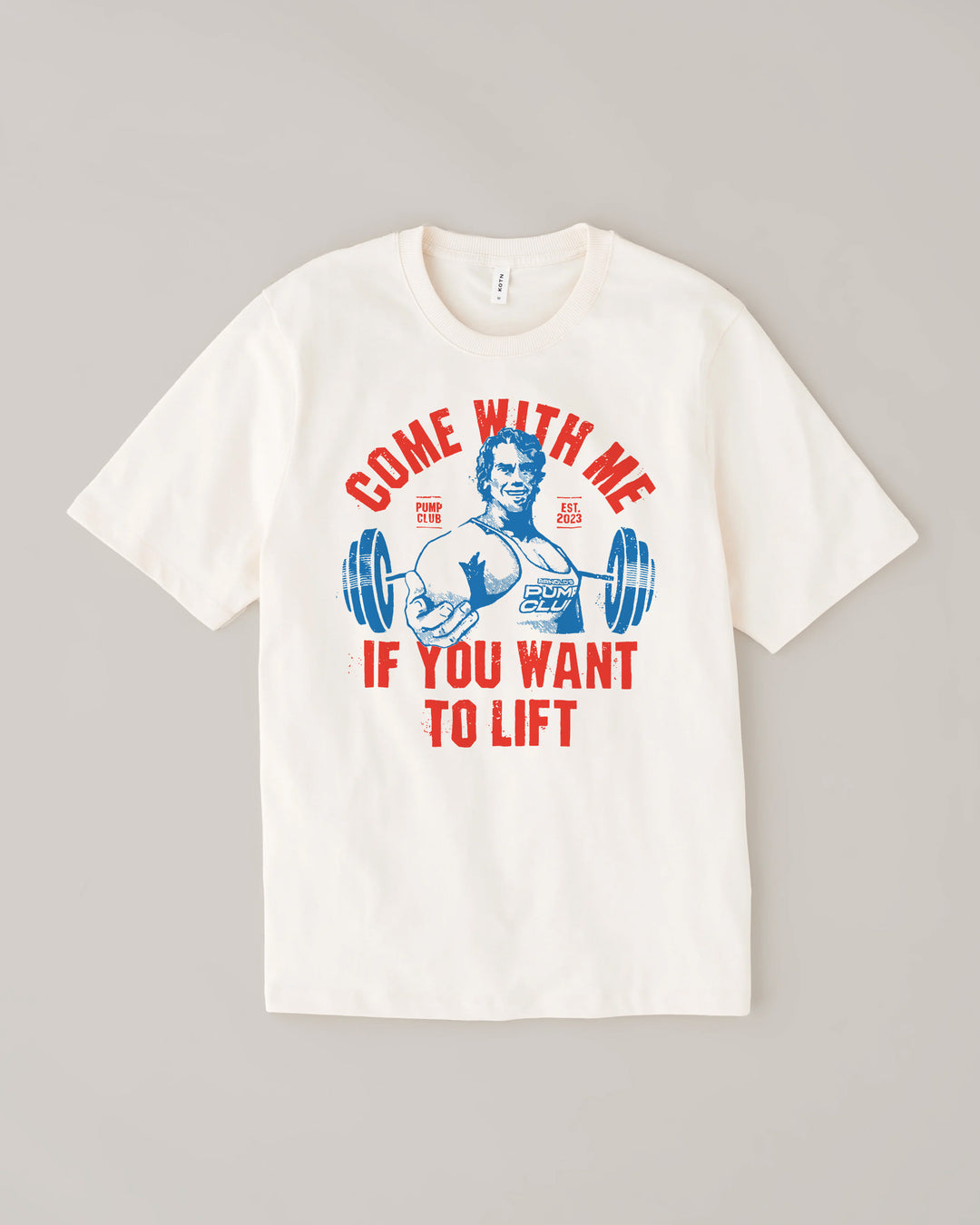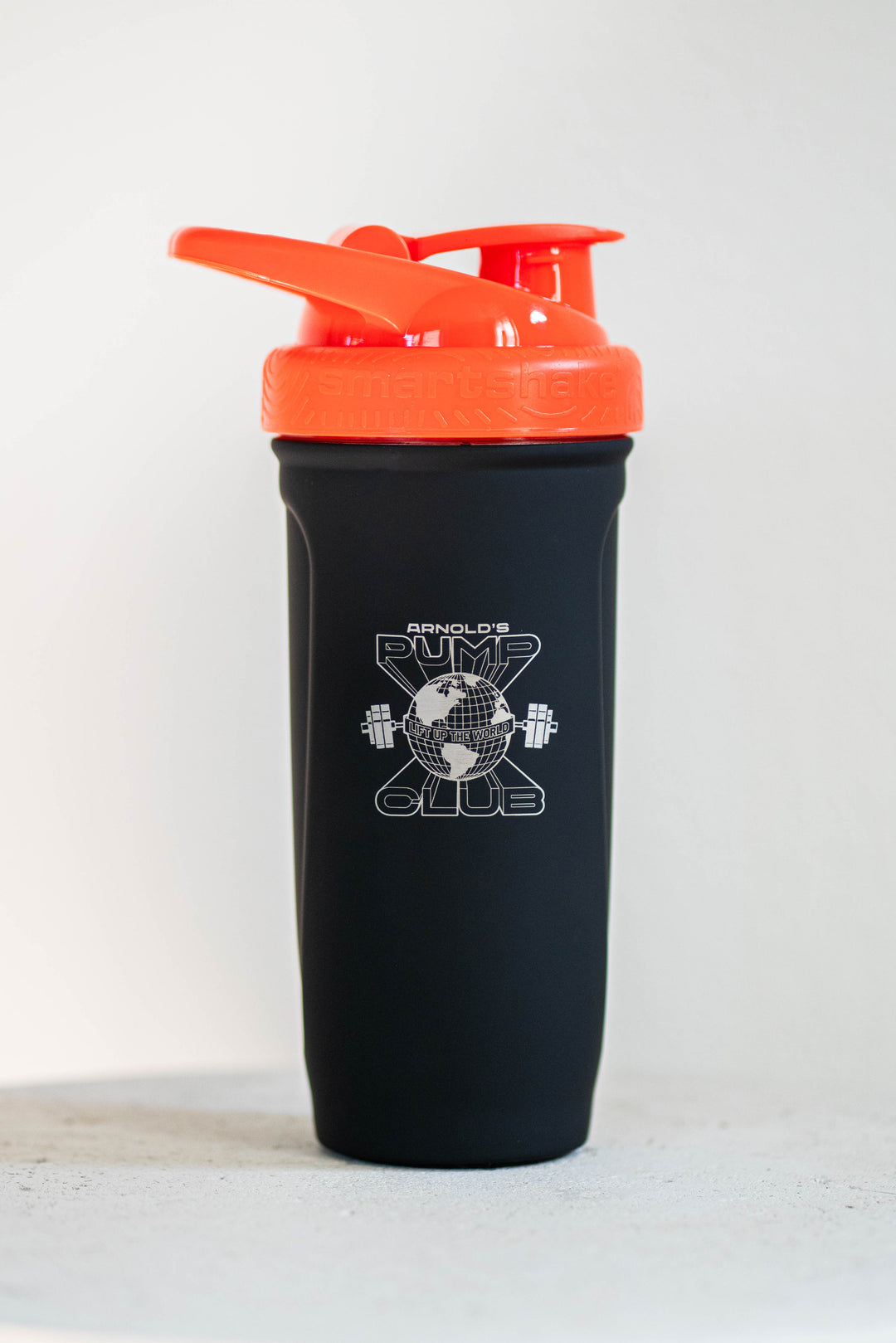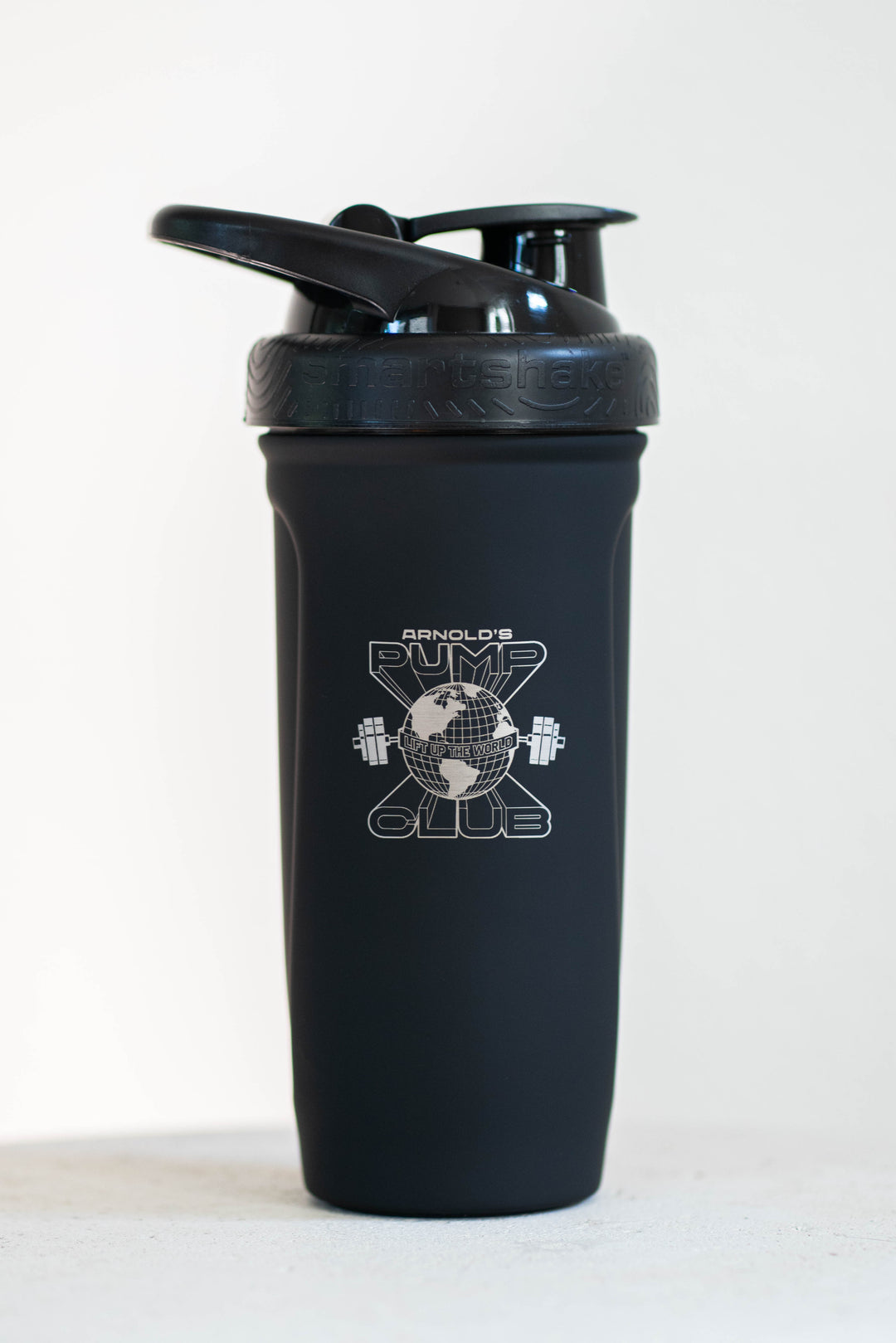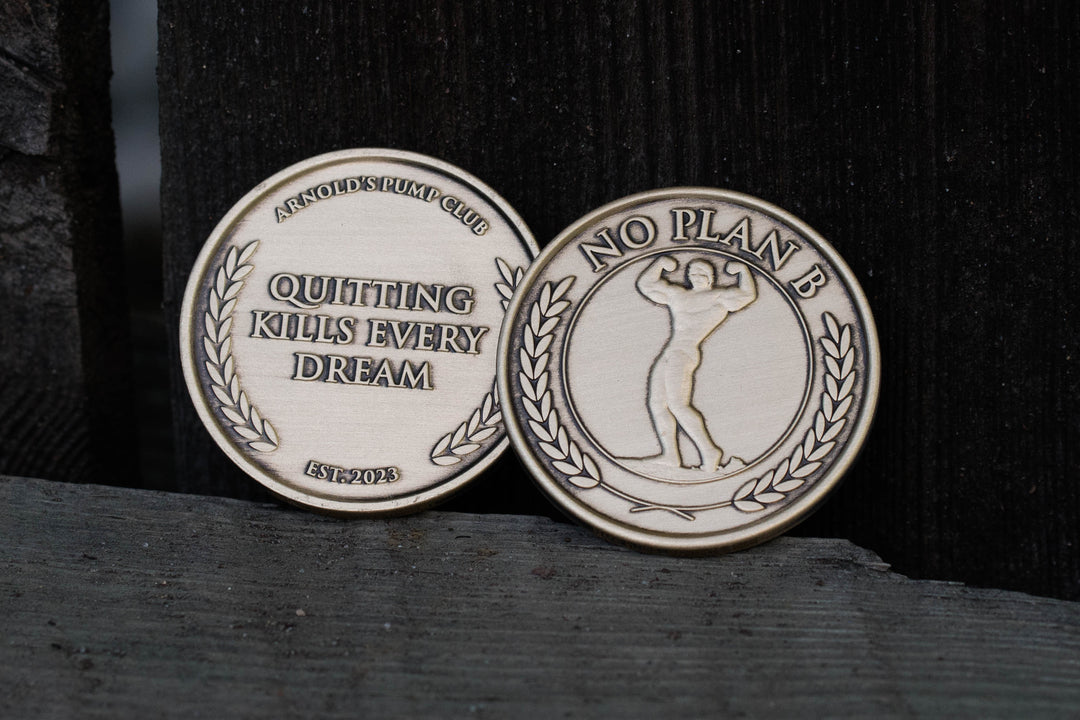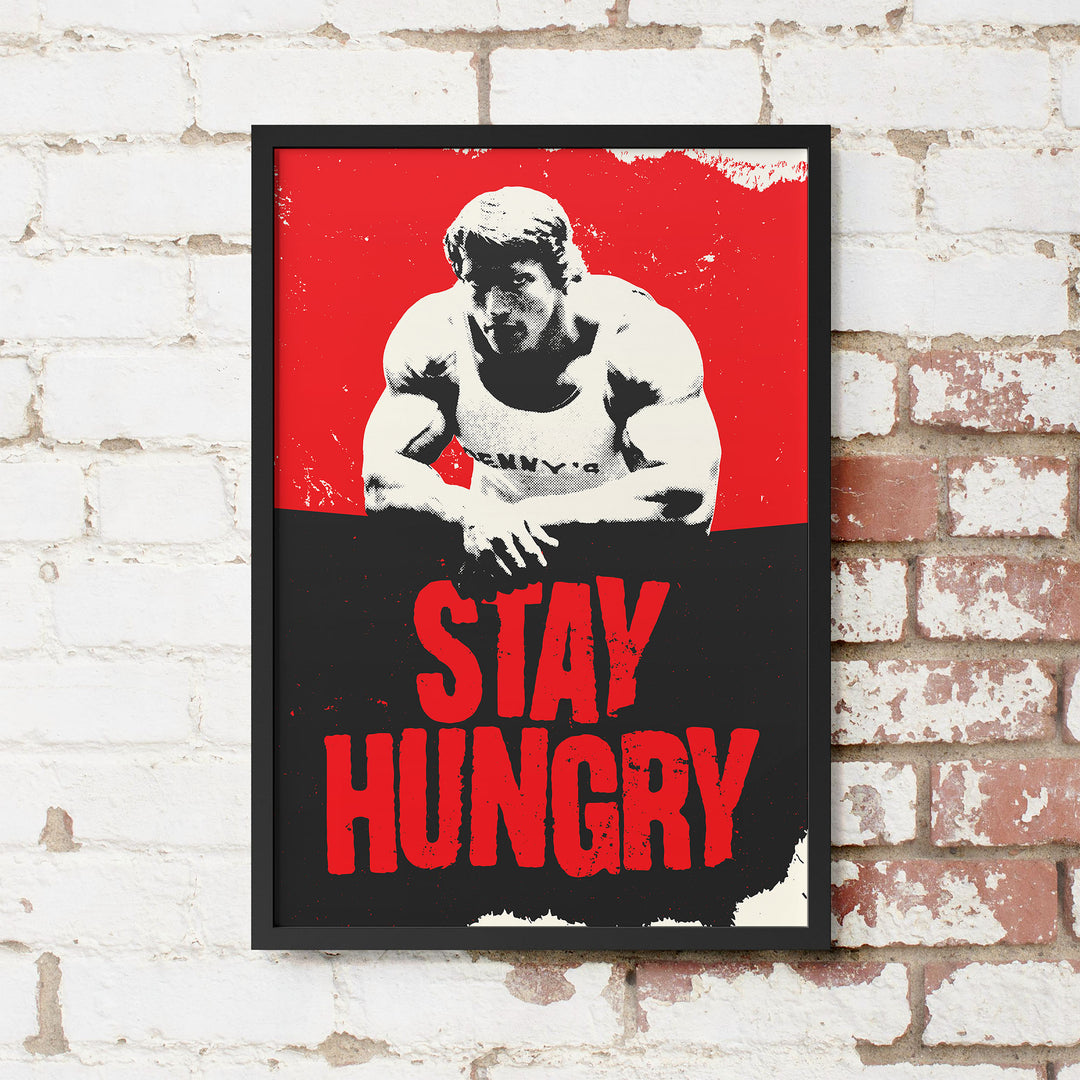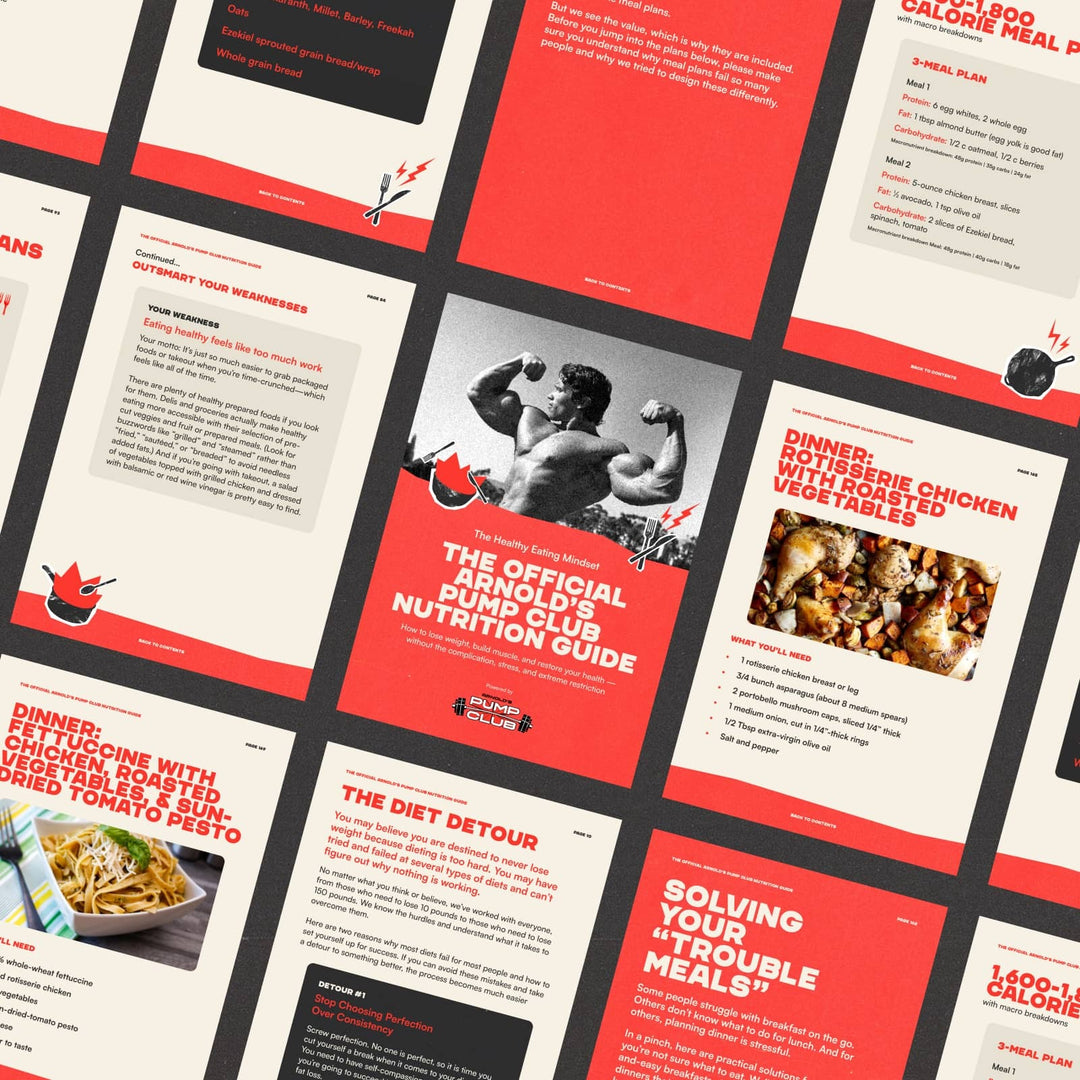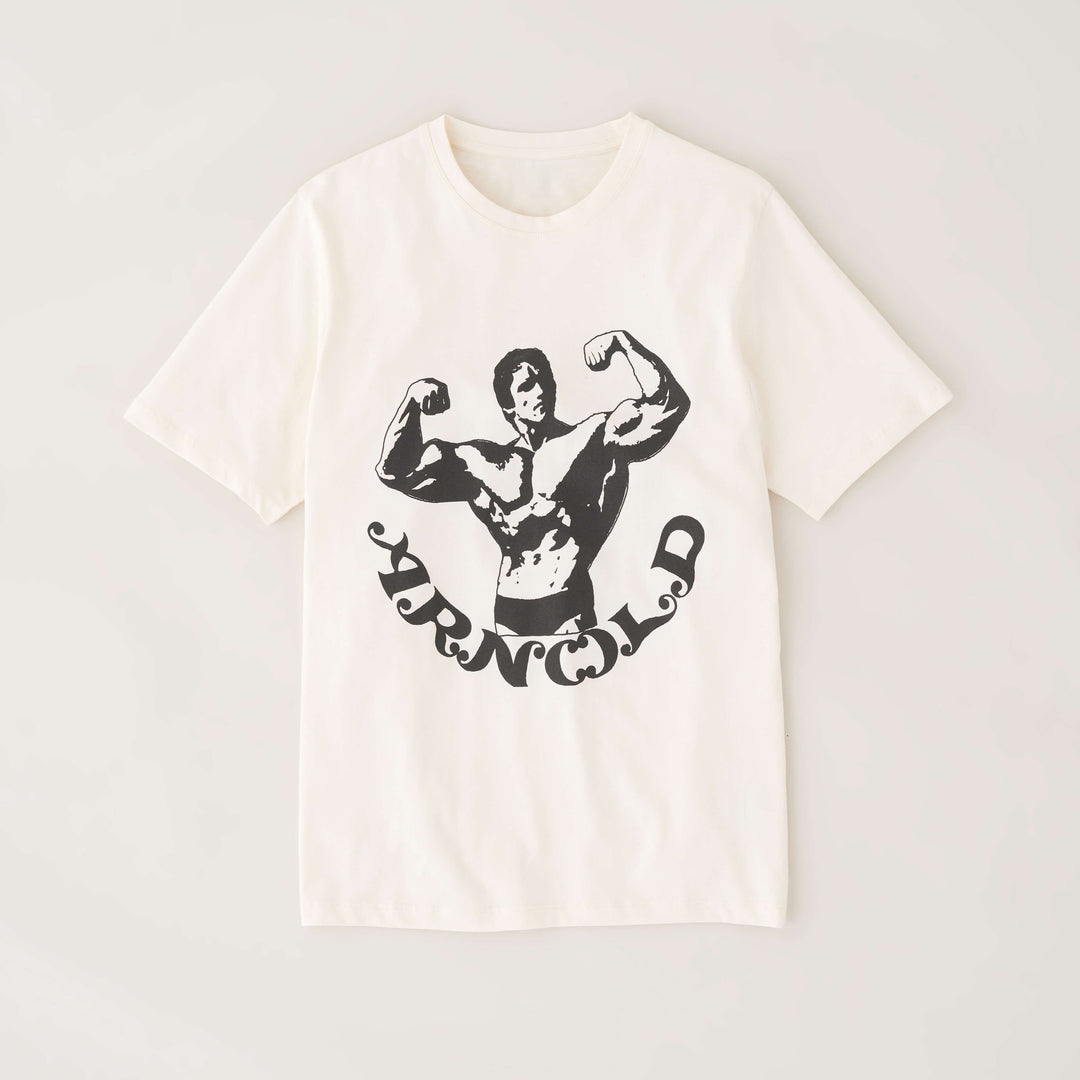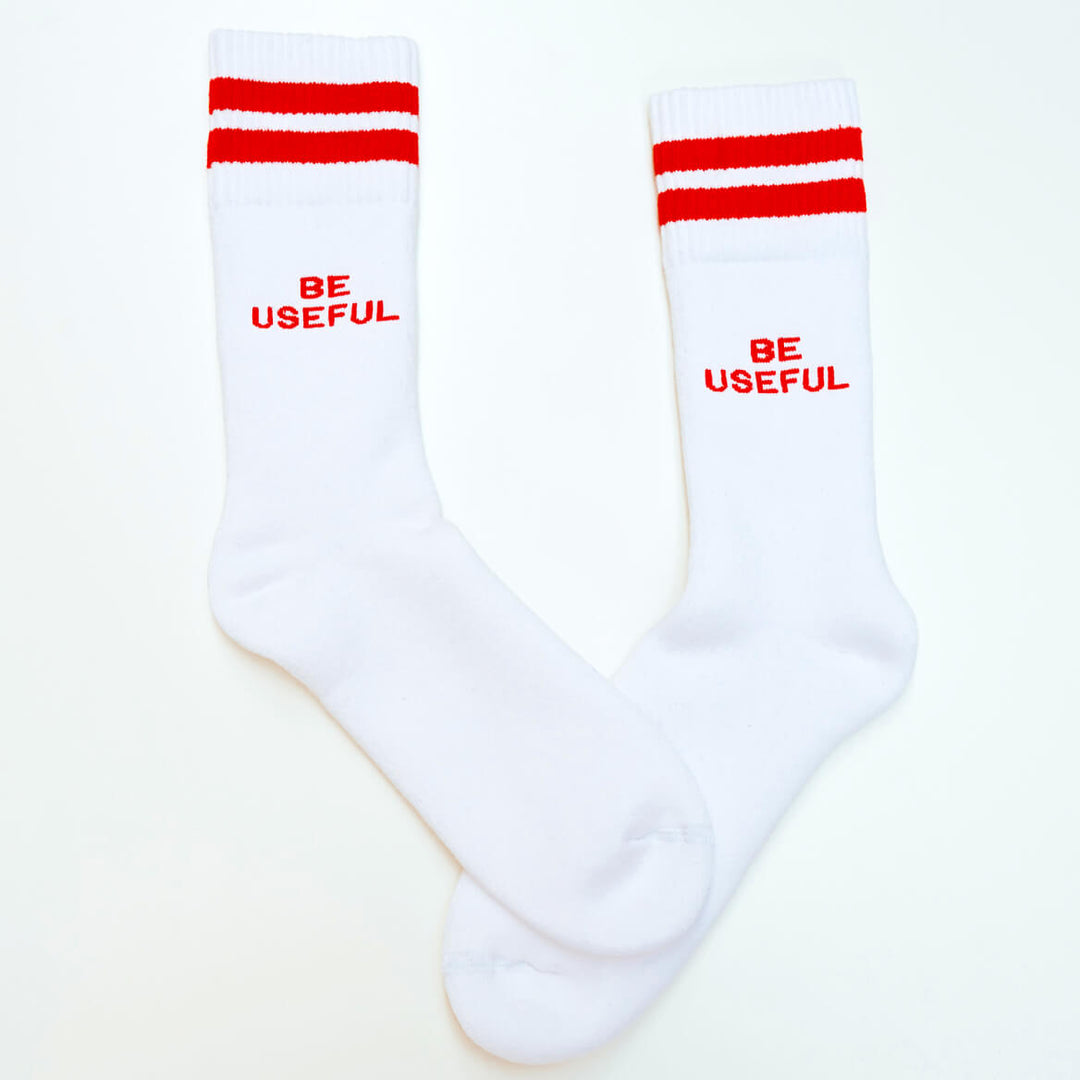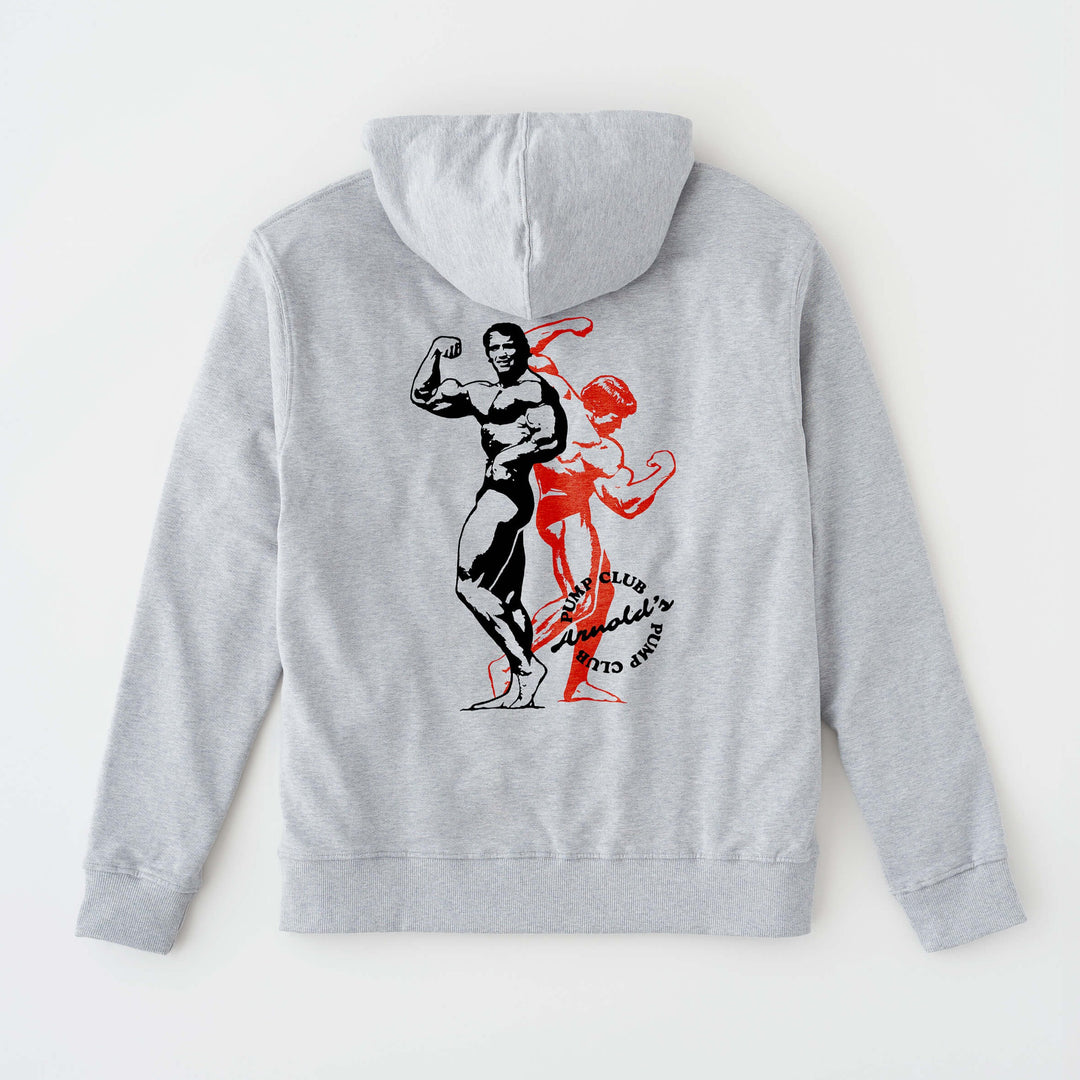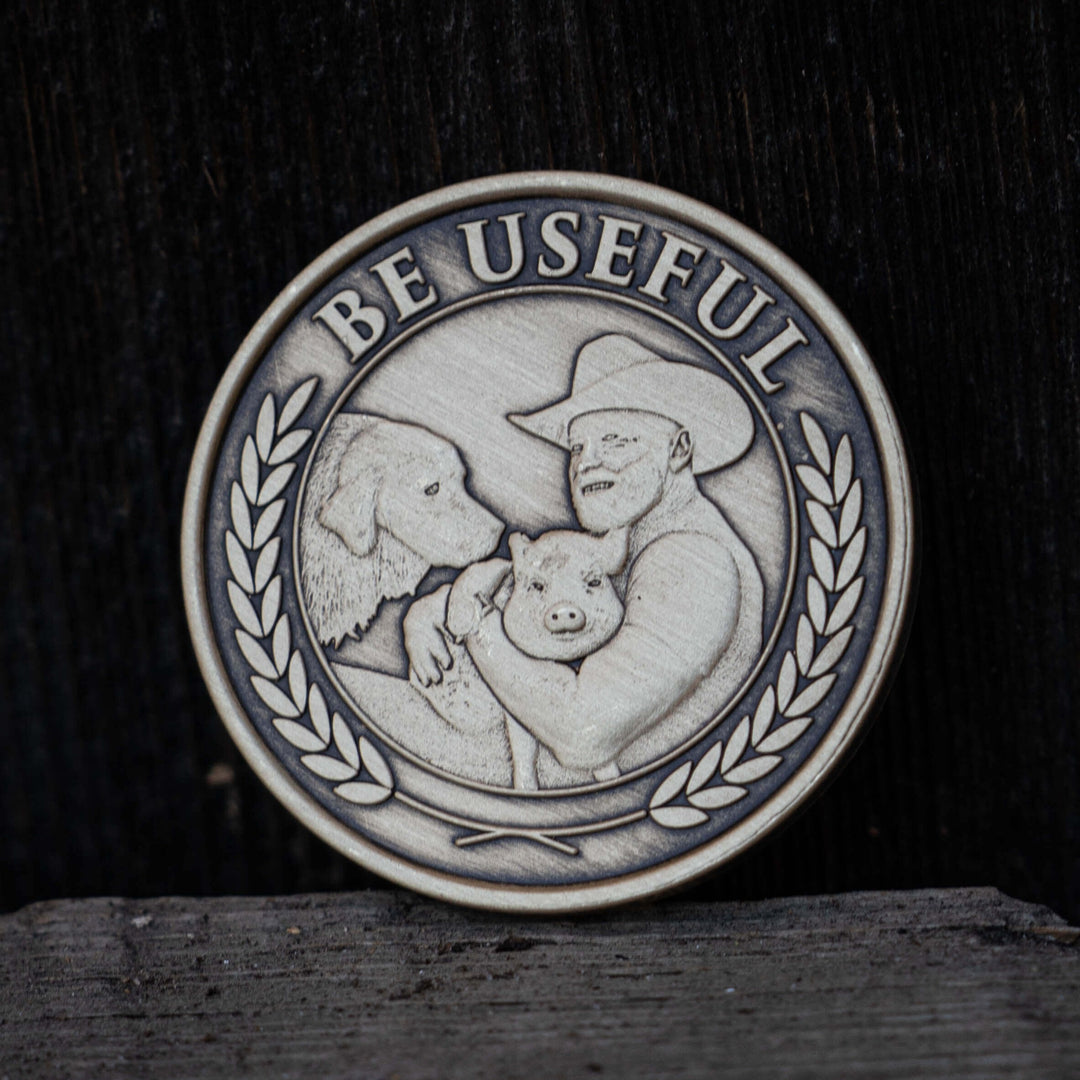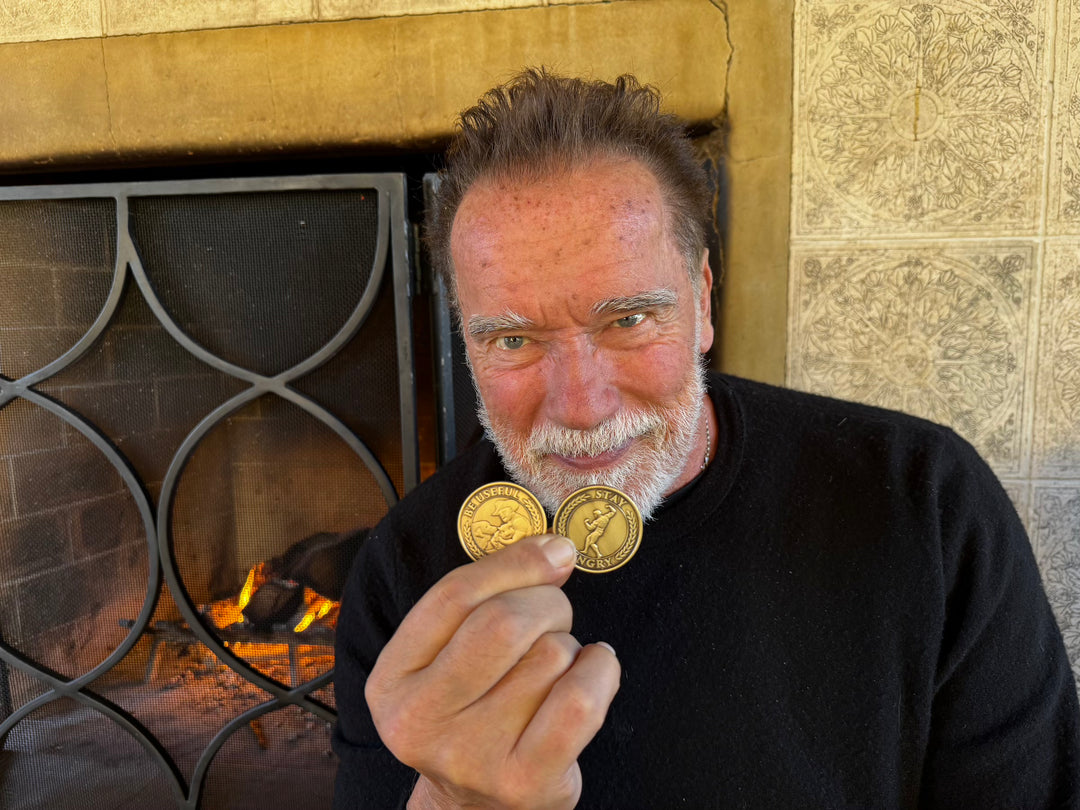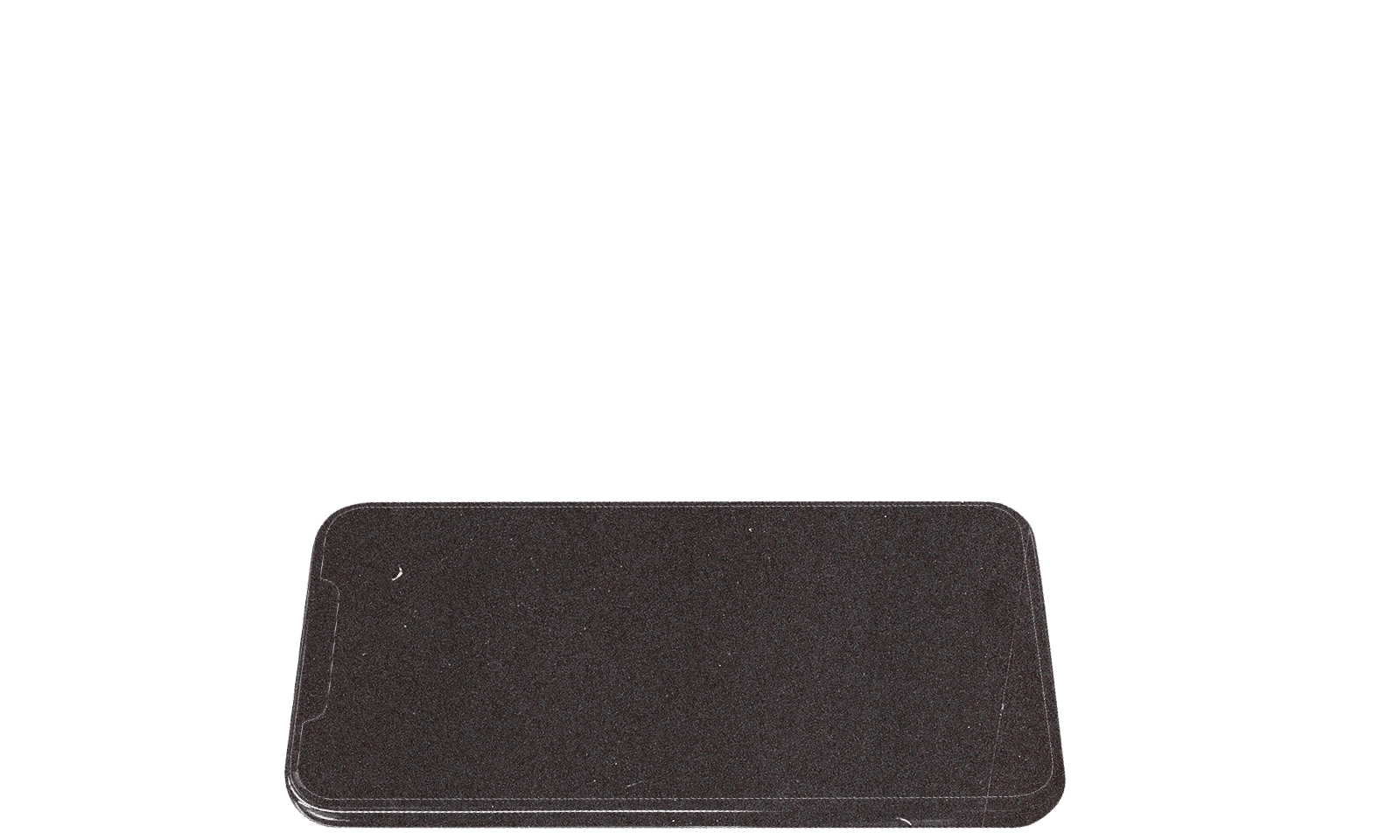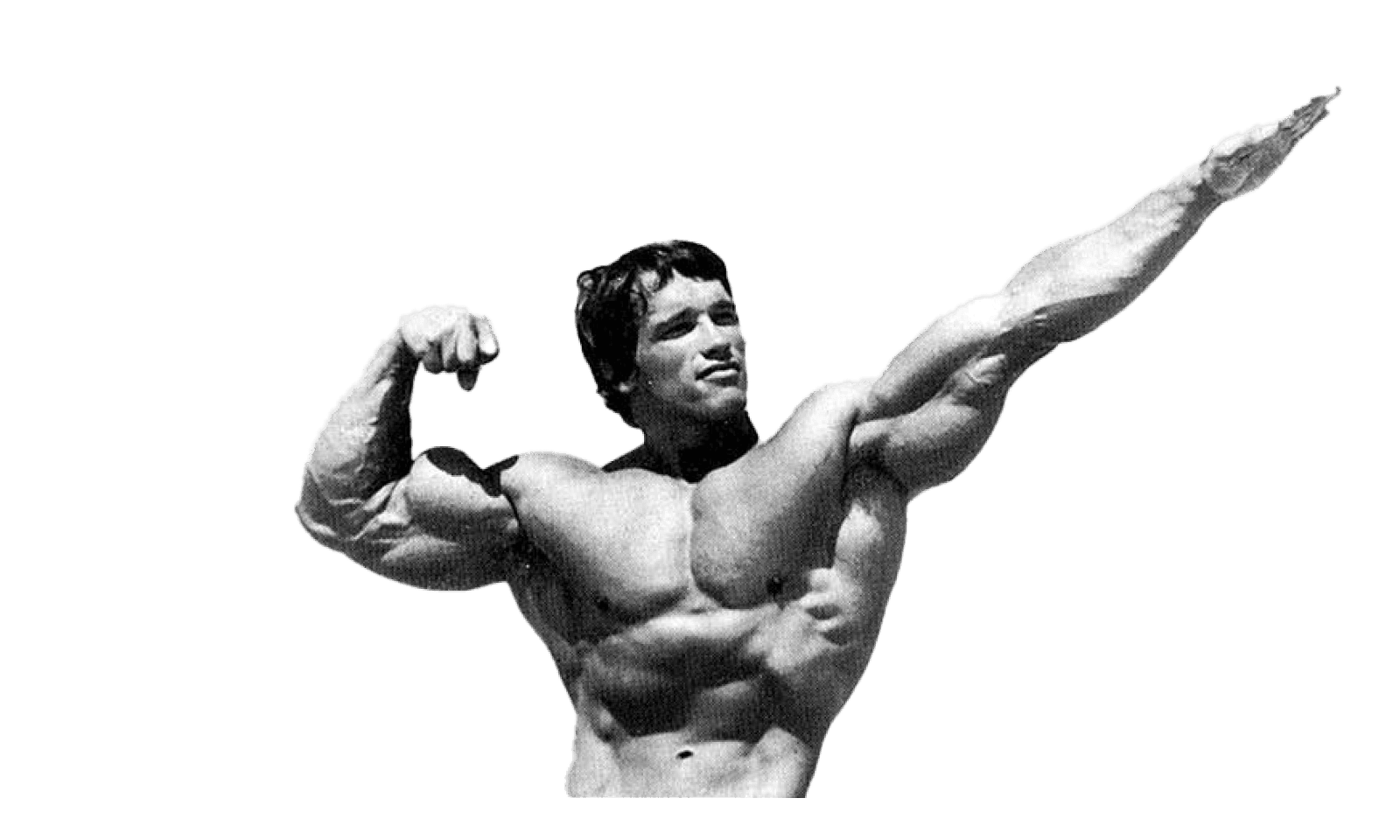Welcome to the positive corner of the internet. Every weekday, we help you make sense of the complex world of wellness by analyzing the headlines, simplifying the latest research, and providing quick tips designed to help you stay healthier in under 5 minutes. If you were forwarded this message, you can get the free daily email here.
Today’s Health Upgrade
Number you won’t forget
Weekly wisdom
Why most plans fail before they start
A Little Wiser (In Less Than 10 Minutes)
Arnold’s Pump Club Podcast is another daily dose of wisdom and positivity. You can subscribe on Apple, Spotify, or wherever you listen to podcasts.
Longevity
Number You Won’t Forget: 4 Years
As you get older, strength loss can feel inevitable. But what if focused training could keep you going strong even if you ease up later?
Scientists have found that heavy resistance training, as you get older, leads to strength that lasts for up to four years, even if you can’t maintain the same level of training intensity.
Researchers followed adults in their 60s who completed a year of heavy resistance training. Four years later — at an average age of 70 — those who had trained were significantly stronger than their peers who hadn’t lifted. Even though participants reduced their exercise frequency by nearly half, the benefits endured.
The study suggests that strength training can help you “lock in” neuromuscular adaptations. Heavy lifting recruits motor units and builds muscle memory, which appears to persist even after structured training stops.
The message is simple: it’s never too late and effort compounds. The strength you build now creates a reservoir that persists even when life gets busy and training becomes inconsistent.
And as you get older, the strength you have will help protect mobility, independence, and quality of life for years to come.
If you’re in your 40s, 50s, 60s, or older, your age is no excuse to shut down. Remember, the participants in the study were already in their 60s and still experienced benefits, even after they reduced their training to just twice a week.
If you get back in the gym, don’t worry about your numbers; focus on improvement. Aim for heavier lifts, about 70 to 85 percent of your maximum (with guidance on safety and form). And remember, the effort you put in today will help protect you tomorrow. Like all good investments, the benefits will compound over time.
Mindset
Weekly Wisdom
Anyone can talk about what they believe. Few are willing to live it. Philosophy isn’t proven by arguments; it’s revealed in how you show up every day.
The truest test of your values is not whether you can explain them, but whether your choices reflect them when no one is watching.
When your actions consistently align with your principles, you don’t need to convince anyone of who you are. You become the evidence. That’s why the most powerful teachers rarely lecture; they live in a way that makes people want to follow. Integrity isn’t built in speeches — it’s built in habits, sacrifices, and how you treat others.
Turn Wisdom Into Action
Choose one value you say matters most to you — health, honesty, compassion, discipline — and audit how you’ve lived it this past week. Did your actions back up your words? If not, identify one way to realign today. Philosophy becomes real when it’s visible in your life, not just audible in your explanations. Live your values so clearly that they need no introduction.
Better Questions, Better Solutions
Why Most Plans Fail Before They Start
We set goals as if life will roll out a red carpet for us. But real life throws potholes, detours, and the occasional sinkhole. The problem isn’t that we don’t plan, it’s that we prepare only for the best-case scenario.
Old Question: What’s my plan to achieve this goal?
Better Question: Where is this plan most likely to break — and what will I do when it does?
Success isn’t about avoiding mistakes; it’s about expecting them. The best planners work backwards: they imagine the goal is already a failure and ask, What went wrong? That inversion exposes weak spots before reality does.
When you predict the most likely missteps, you don’t just plan for success — you build resilience into the plan itself.
Psychologists call this approach prospective hindsight (sometimes used in a “pre-mortem” exercise). Research shows imagining a project that has already failed and listing reasons why helps people spot more obstacles than traditional planning. Instead of reacting to surprises, you preload the solutions.
By changing the focus from goals to scenarios, you give yourself a better game plan. Goals create a script. Inversion creates the backup plan that keeps you from crumbling the moment life goes off-script.
Before you launch into your next goal, run a quick “pre-mortem”:
Flip it: Imagine you’ve already failed. Write down why.
Find it: Identify the three most likely reasons.
Fix it: Build simple responses for those scenarios.
Once you’ve identified the landmines, you can build around them. Planning isn’t about drawing the perfect path forward. It’s about expecting the roadblocks. Because once you do that, you’re less likely to be surprised and thrown off, which makes it easier to find the way to your destination.
And that’s it for this week. Thank you for being part of the positive corner of the internet. We hope you all have a fantastic weekend!
-Arnold, Adam, and Daniel
Better Today
Take any of these tips from today’s email and put them into action:
Heavy Resistance Training Benefits Last 4 Years After Reducing Workout Frequency: Adults over 60 who complete one year of heavy resistance training maintain significantly greater strength, even when reducing exercise frequency by half.
Are You Explaining Your Values Or Living Them? Audit whether your daily actions align with your stated values (health, honesty, compassion, discipline) by reviewing the past week's choices.
The Power Of Inversion: Why Imagining Failure Prevents Goal Breakdown: Research shows that a “pre-mortem” — identifying obstacles and creating backup strategies before real-world setbacks occur — increases your likelihood of success.
—
Publisher: Arnold Schwarzenegger
Editors-in-chief: Adam Bornstein and Daniel Ketchell









